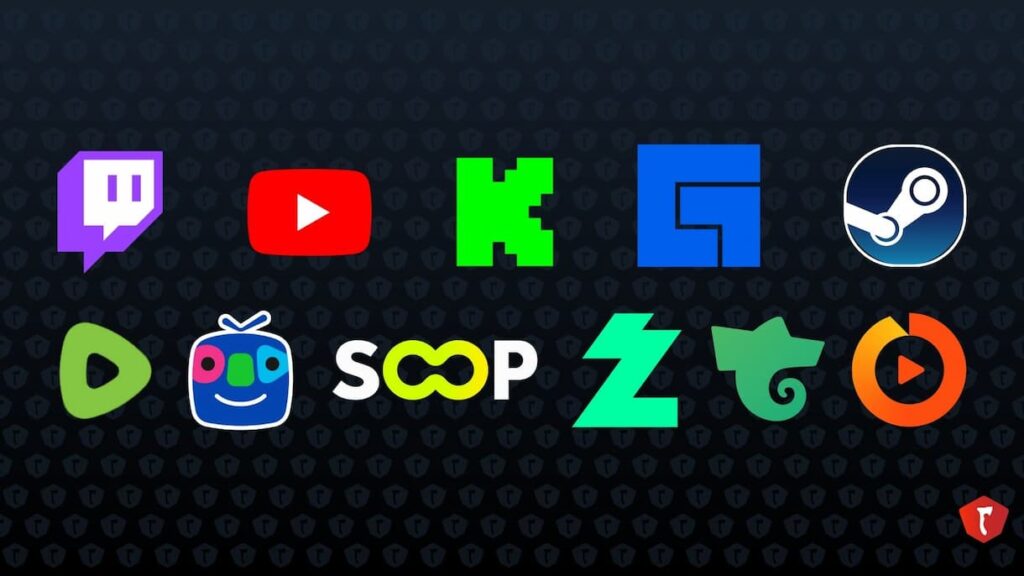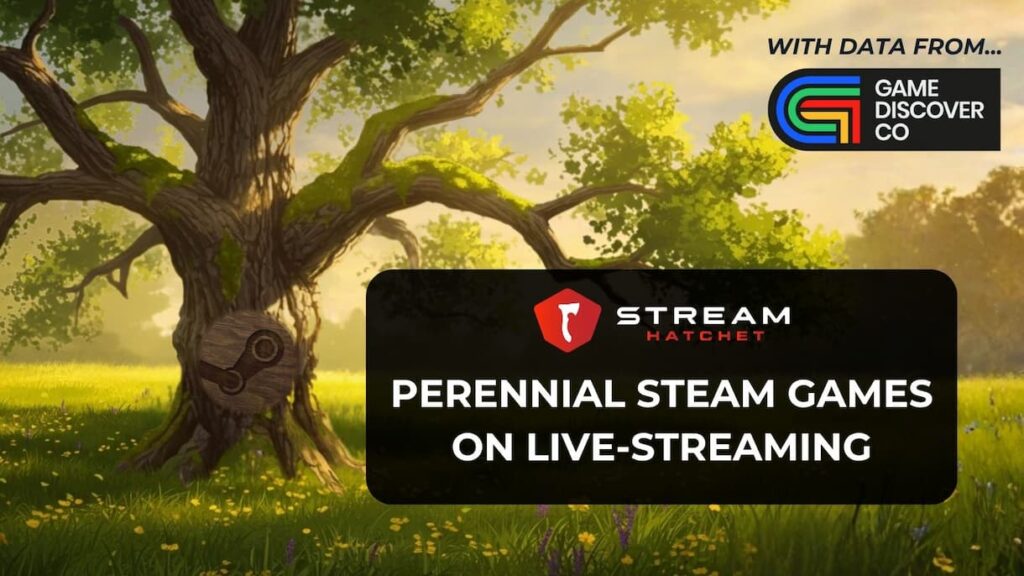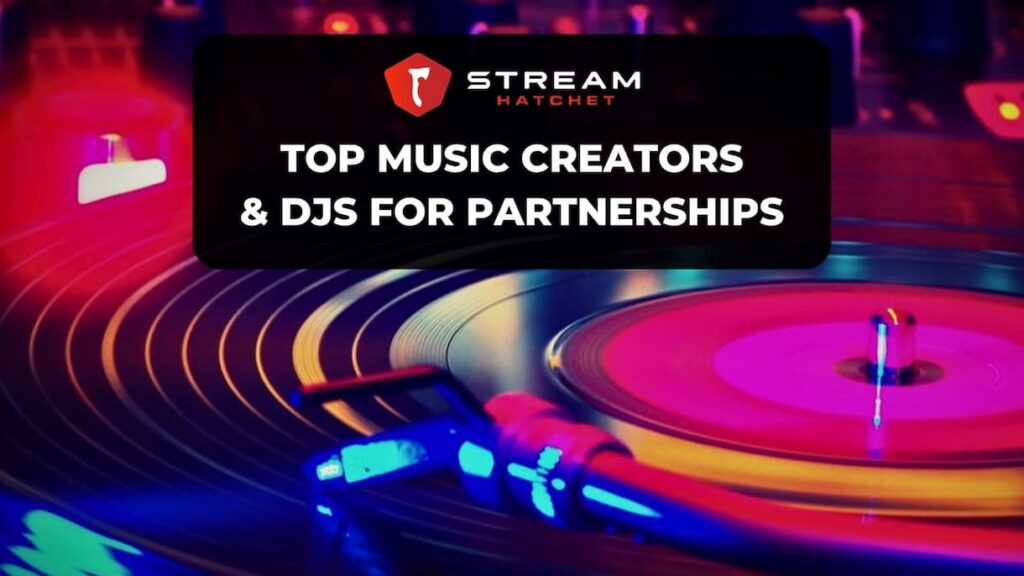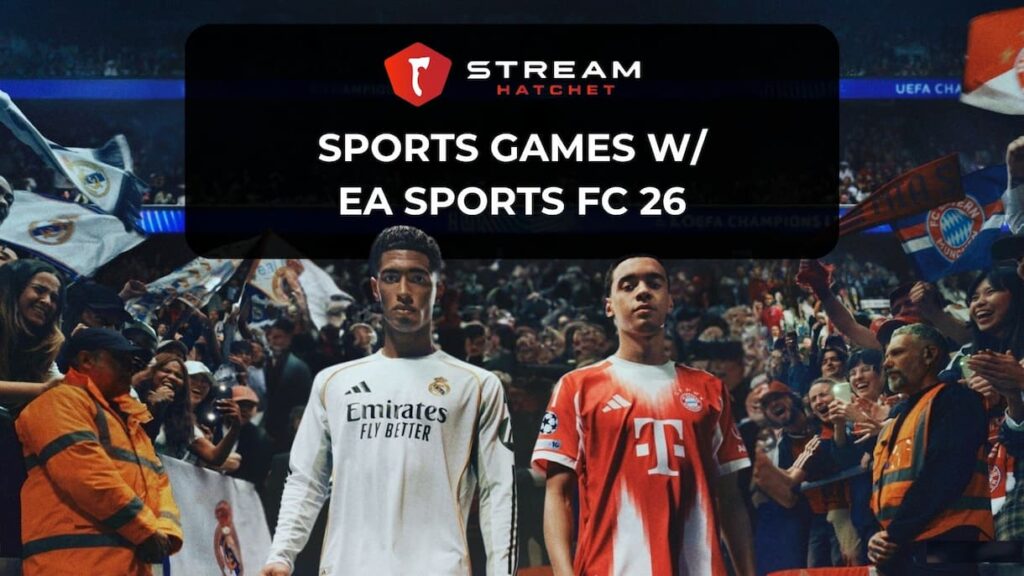There are live-streaming platforms to satisfy every niche a creator, brand, or event planner could possibly want to occupy. From mainstream platforms hosting global events to specific platforms for certain regions and interests, live streaming offers a variety of ways to get one’s voice heard.
Stream Hatchet provides data on 28 total live-streaming platforms, providing a thorough array of data to pull on for any marketing or promotional needs. In this article, we’re giving an overview of 11 of the best live-streaming platforms still being used today:
Twitch: The Most Watched Live-Streaming Platform
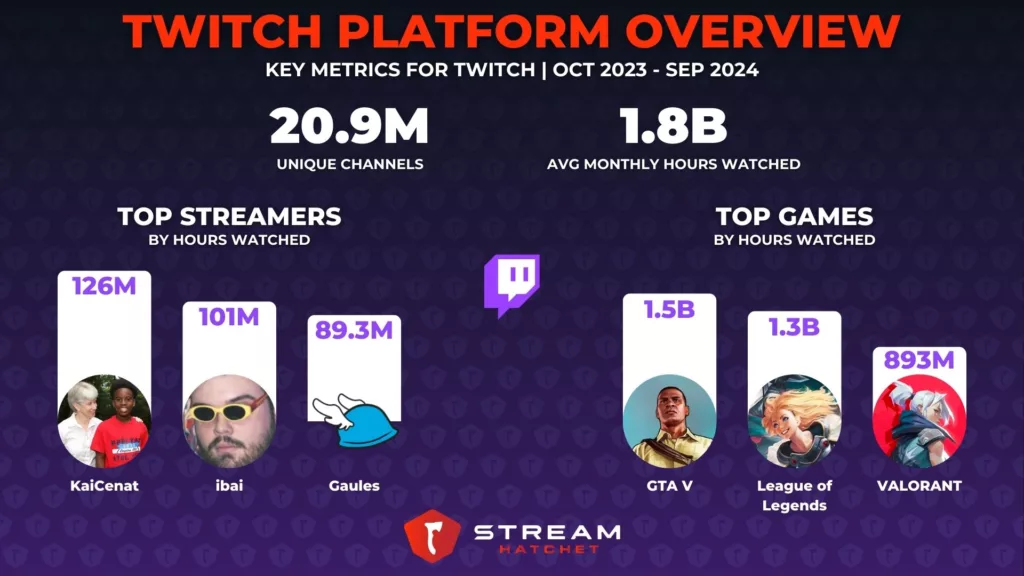
The Amazon-backed platform Twitch is virtually synonymous with live streaming, so much so that many people outside the industry probably aren’t aware there are even other platforms available to them (a massive shame). But Twitch is the biggest game in town for a reason: Massive esports events are typically hosted on Twitch, the most popular streamers call the platform their home, and the platform does a lot to promote streamer culture such as its annual convention TwitchCon and a slew of streamer events like SUBtember and Twitch Drops Events.
There are far too many features on Twitch to mention here, so please read our full blog on Twitch if you’re interested. Or, check out Stream Hatchet’s live Twitch streamer rankings below:
YouTube Gaming: A Haven for VTubers and Family-friendly Content
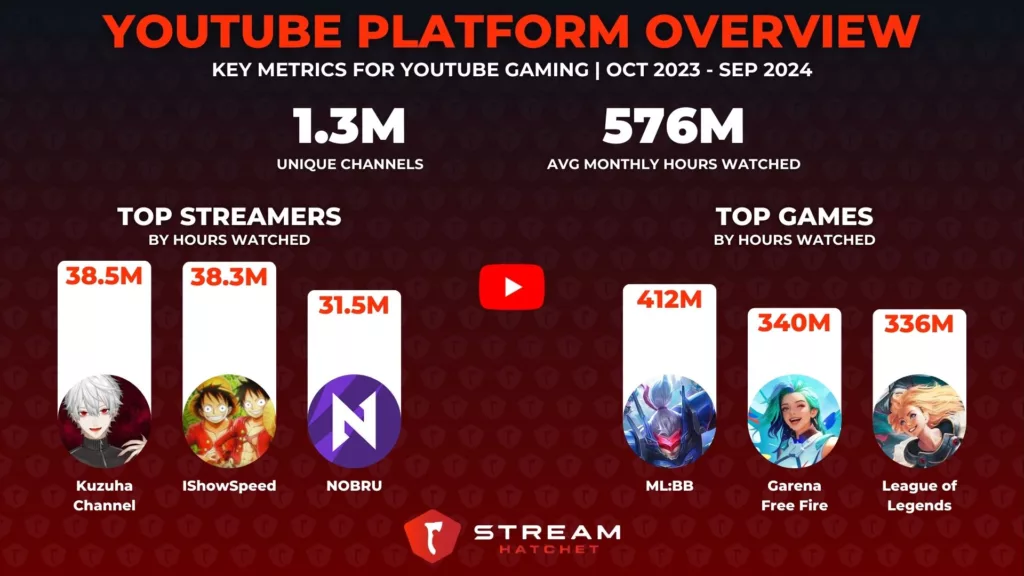
Google’s own entry into the live-streaming arena is a spin-off of YouTube called YouTube Gaming (or, alternatively, YouTube Live). While YouTube dominates pre-recorded video hosting, their live-streaming capabilities tend to play second fiddle to Twitch. Regardless, YouTube Gaming has secured the love of two major – and very popular – groups: VTubers and kids. VTuber culture, stemming from Japan, has found YouTube’s brighter aesthetic generally more appealing than Twitch. Similarly, kids are barred from Twitch’s 13+ age requirement for all users.
Check out Stream Hatchet’s live streamer rankings for YouTube below:
Kick: An Alternative to Traditional Live-Streaming Restrictions
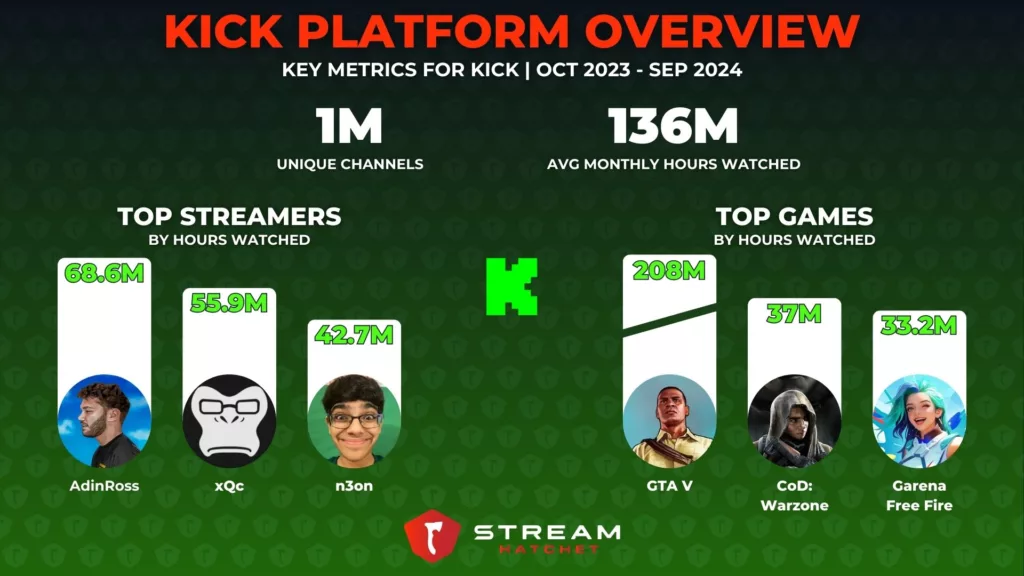
Kick emerged as a disruptor to Twitch’s stranglehold on the live streaming industry, promising to address the disaffected streamers who were fed-up with Twitch’s strict community guidelines and supposedly unbalanced monetization practices. Making a splash by partnering with big names like xQc and Adin Ross, Kick was able to finally shake up the live-streaming landscape. Although this hype has now settled down, streamers who create more risqué content such as slots games or social experiments feel more at home on Kick.
Check out Stream Hatchet’s live streamer rankings for Kick below:
Facebook Live: Innovating Platform Popular in South East Asia
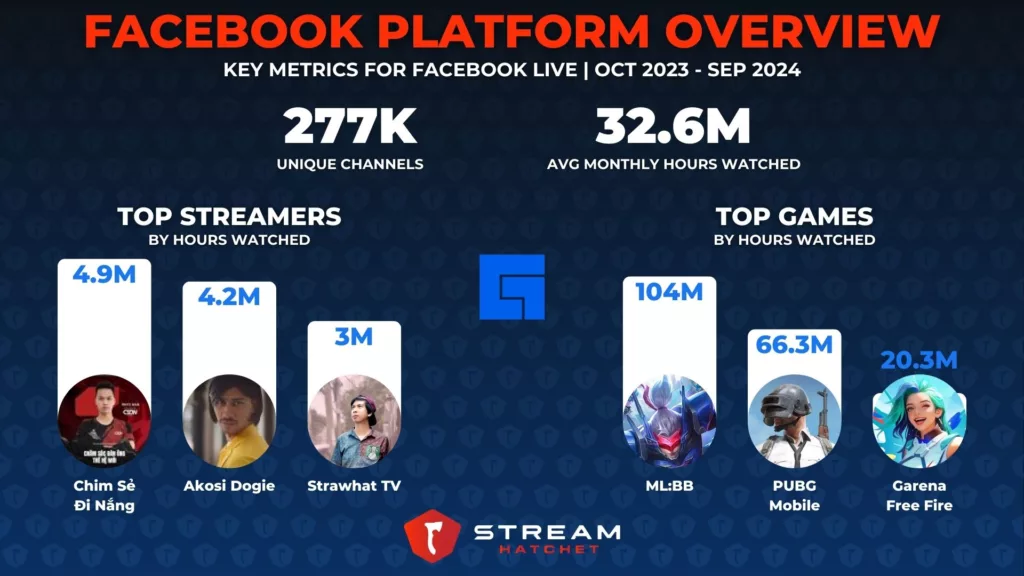
Facebook Live’s heyday came back during the pandemic as the go-to platform for business and political streaming, taking on a serious edge that other live-streaming platforms weren’t accustomed to. This strategy led Facebook Live to even outperform YouTube Gaming at its peak! Nowadays, other platforms have sprung up that offer these live-streaming services and usually without the restrictions of market forces that Facebook (and Meta) have to contend with. Regardless, South East Asian streamers are incredibly popular on Facebook Live, showing a cultural comfortability with the platform.
Steam: The Go-To Platform for Showing Off New Game Releases
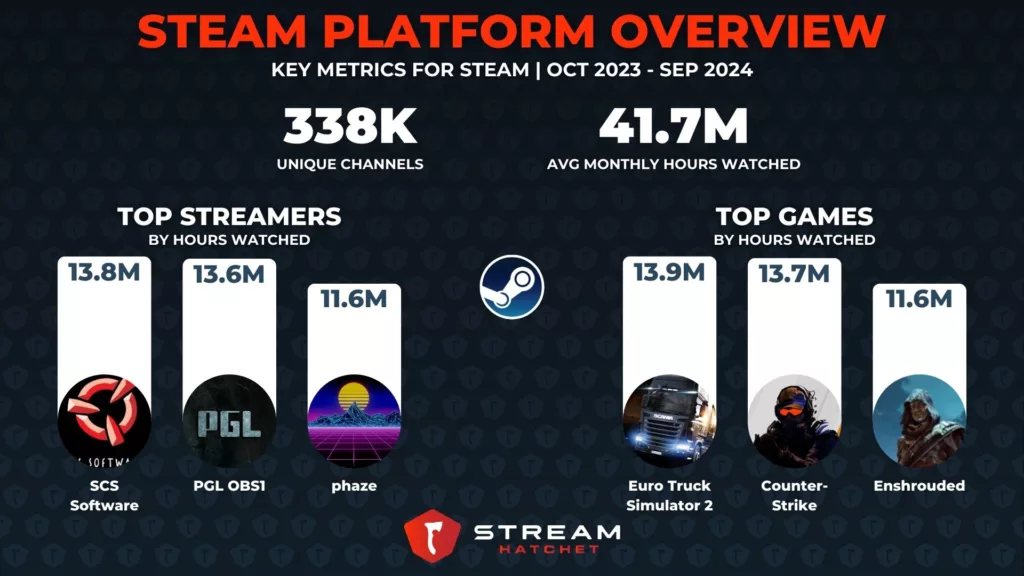
Steam is better known as a game platform, hosting the most popular store for PC games and being run by Valve – one of the most acclaimed game developers. But Steam has also branched out into live-streaming with Steam TV: A service that allows Steam users to directly stream their gameplay straight onto the same platform. While viewership is still dwarfed by other platforms at the moment, game developers have found Steam’s all-in-one gaming package irresistible and frequently host developer-led playthroughs of new titles.
AfreecaTV & SOOP: Founded Upon The Origin of Esports, Modernized to SOOP
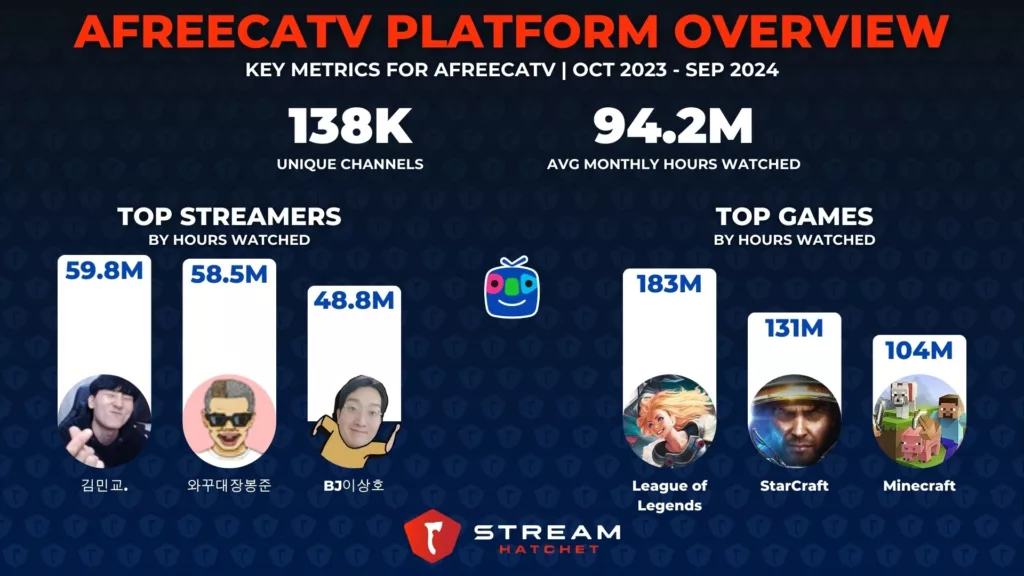
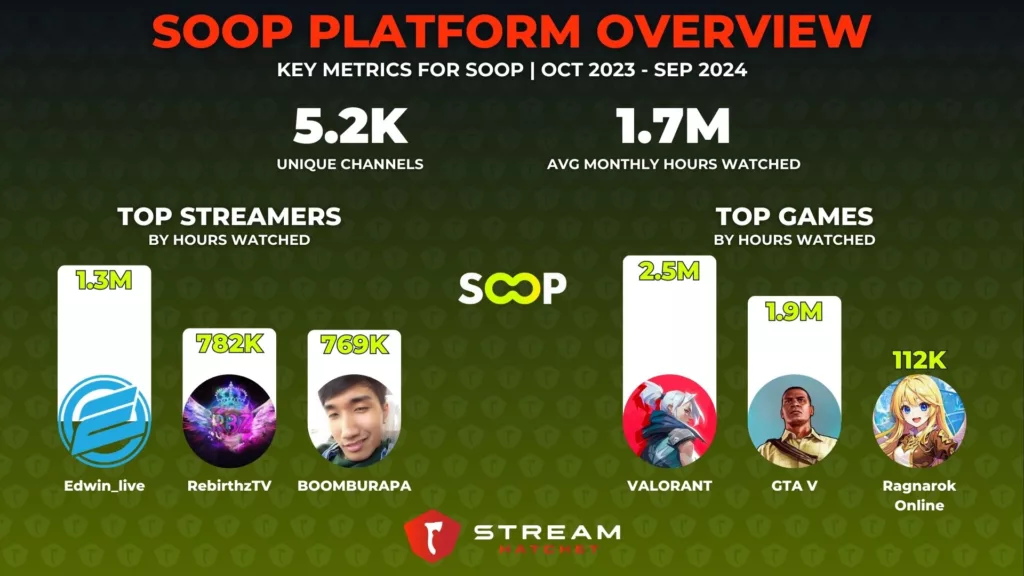
With the rise in popularity of StarCraft among PC bangs in South Korea, alternative methods had to be found to traditional TV broadcasting to capitalize on the wave of hype for esports. Along came AfreecaTV to satiate gamers’ need for full esports coverage: The live-streaming platform that propelled many of South Korea’s top streamers to global fame. However, having launched back in 2005 – six full years before Twitch – AfreecaTV desperately needed an update to its UI. The gaming segment of the platform split off into the modernized platform SOOP, which now hosts many of AfreecaTV’s previous most popular streamers.
Chzzk: Naver’s Answer to Twitch in South Korea
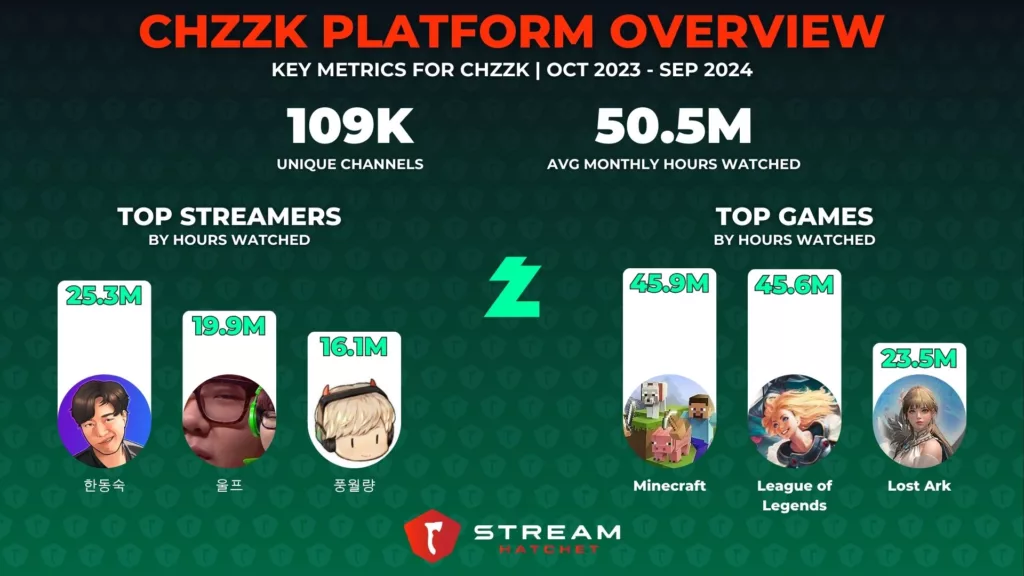
Rivaling AfreecaTV and SOOP is Chzzk, a live-streaming platform created by Naver – a kind of equivalent to Google but in South Korea. Chzzk emerged when Twitch announced it would be shutting down in South Korea due to high operational costs, attempting to capitalize on the vacuum in the market by replicating Twitch’s familiar UI and using it to attract Korean streamers who previously used Twitch. As such, Chzzk is the home to not just pro esports players, but non-competitive gamers like Minecraft streamers.
Trovo: Promoting Discoverability and Nurturing Niche Gaming Fans

With so many established platforms, it can be hard to stand out from the crowd as a streamer. Tencent’s live-streaming platform Trovo looks to support newcomers to live streaming with unique development programs and rewards for hitting viewership milestones. Additionally, Trovo is perhaps the only gaming platform rivaling Twitch in terms of branded features, like Boost Rockets and Vibe Tags. For now at least, Trovo has become somewhat of a platform for niche competitive and MMO games like World of Tanks and Lineage II: The Chaotic Chronicle.
Below, we look at a couple of other smaller platforms that nonetheless deserve a spotlight in 2024:
Rumble: A Political Platform for Free Speech
With deepening political divides since the mid-2010s, frustrated groups have turned to social media and live-streaming platforms to voice their concerns. Platforms sprung up to provide homes for these streamers and their adherents, including now-defunct platforms like Periscope. Rumble is the most popular political live-streaming platform in 2024, seeing massive viewership numbers for commentary on the 2024 political race in America and promoting itself as an avenue for free speech compared to traditional media.
OpenREC: Hosting Some of the Biggest Japanese Events on Live Streaming
While many Japanese streamers have found their homes on global live-streaming platforms like Twitch (for esports players) and YouTube Gaming (for VTubers), there are a select few who still choose to stream on Japan’s principal live-streaming platform: OpenREC. Although day-to-day viewership is relatively low, occasional events hosted by the big names in live streaming can shatter records. This was certainly true for Junichi Kato’s Hyper Game Tournament: A massive collaboration that put fighting games front and center.
In the past, streamers who wished to partner with a specific live-streaming platform were made to sign exclusivity agreements. Times have changed, however, and big names like Pokimane and xQc now stream freely across multiple platforms. How to live stream to all platforms is easier than ever: Services like Restream allow you to connect multiple accounts in one place and reach the widest possible audience.
But even with these services, it’s still crucial to find the audience most likely to enjoy your content and nurture these fans. Trying to appeal to everyone means appealing to no one, after all. For brands this is particularly important: Knowing which platforms to target with your campaigns means saving money on influencer marketing. Knowing where to find your key demographics, rather than just following the masses, is necessary to navigate the live-streaming industry.
To keep up to date with the latest trends on live-streaming platforms, follow Stream Hatchet:

